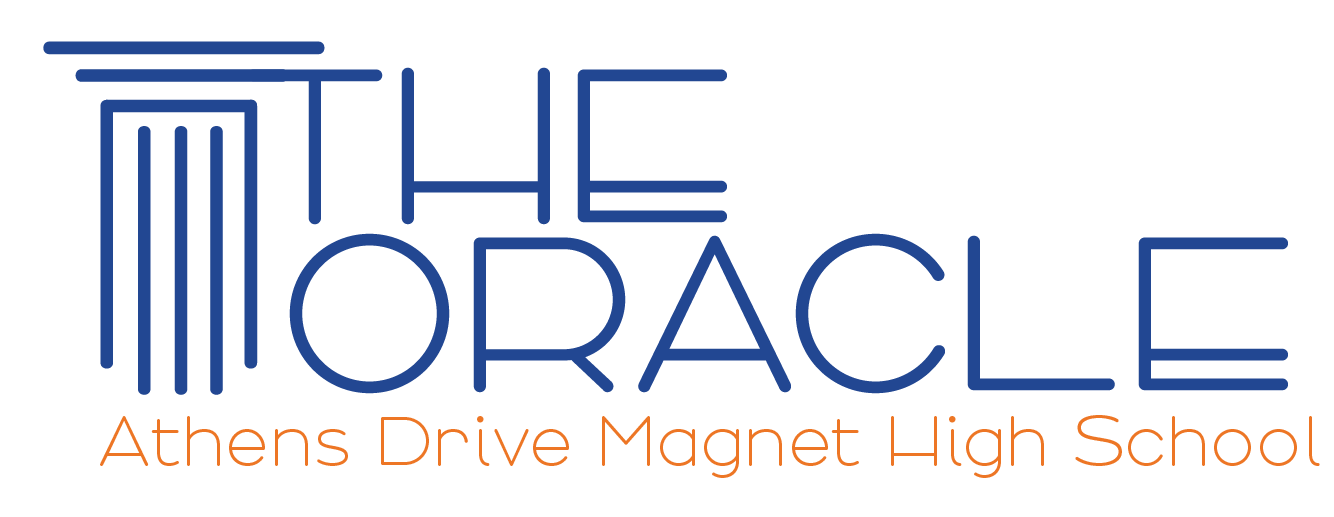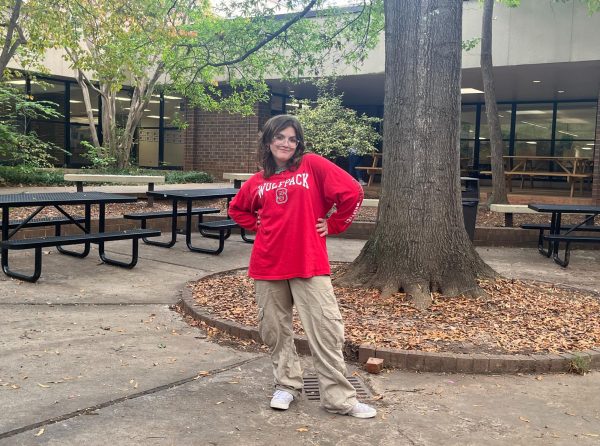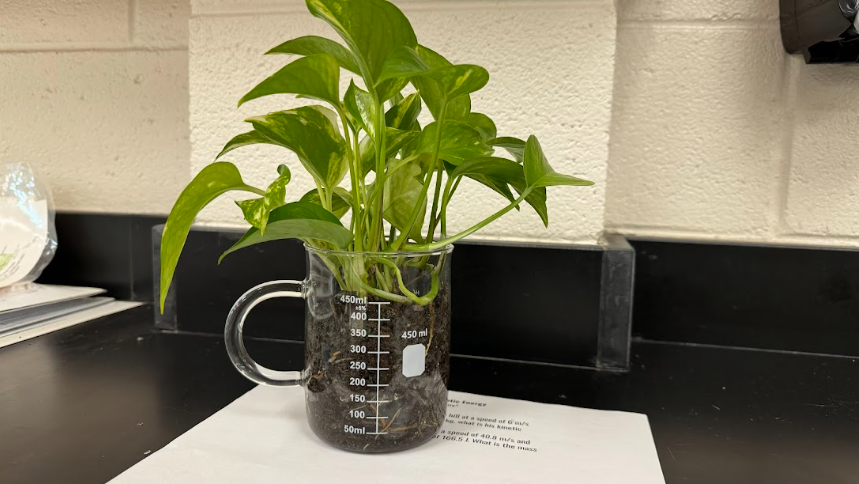
School nurse talks to a student about health concerns.
M.J. Crumity, an eighth-grade Floridian with a pacemaker, participated in a game of dodgeball before abruptly collapsing onto the floor of his gym class and going into cardiac arrest. Swiftly, a school resource officer and a school nurse stepped in and began compressions and defibrillation to get his heart beating again when his pacemaker neglected to shock. Thankfully, working together, the two were able to resuscitate him and Crumity has recovered from the incident and is now back in school.
Crumity commented that he did not think he would still be here if not for them. However, some people are not lucky enough to have a trained EMT as their resource officer and a school nurse stationed at their school. In North Carolina, according to WRAL, the school nurses cover two to three schools on average, meaning that they have to cycle in and out of schools, leaving many schools without nurses for portions of the week.
In 2004, the North Carolina Board of Education set a target to have one nurse for every 750 students. However, according to the News and Observer, less than 50 of the 115 school districts report meeting this goal. Additionally, the North Carolina Department of Health and Human Services found that school nurses, on average, serve a total of 1,112 students, which is 48 percent more than the recommended number.
Nurses should be considered a necessity for schools, as many students require persistent medical attention or may in the future. According to N.C. Department of Health and Human Services, the average classroom contains two students on medication, two with asthma, one with an attention deficit disorder, one with a life-threatening allergy and one student with a condition such as cancer, bleeding disorders, or that requires a feeding tube. While some medical conditions can be predicted, not all are entirely predictable, so having a school nurse on campus during school hours is a way for schools to immediately respond to possibly urgent medical situations, making school safer for students.
Without the day to day nurses on standby for medical emergencies and daily medical needs, many students have to look to people other than medical professionals to acquire their treatment or medicine. This lack of nurses means that services previously performed by school nurses now must be completed by secretaries, teaching assistants, principals and vice-principals. This means that positions dedicated to the education of students now must focus on the health needs of its students. While many of these individuals graciously accept this new task of making sure kids are safe and well cared for, they should not have to be in a position where they have to do so. While these administrators may have the best intentions, their lack of medical expertise and not to mention, a license leaves students susceptible to human errors, which could harm students.
The main issue inhibiting the hiring of more school nurses is the cost. In 2018, a study released by the General Assembly’s Program Evaluation Division concluded that for North Carolina’s school districts to meet the recommended school nurse to student ratio of 1:750, N.C. would need to set aside between $45 and $79 million more a year. While this is a hefty cost that might turn some people away, it is important to think about the benefits of having at least one school nurse at every school, specifically, how it will positively benefit students.














